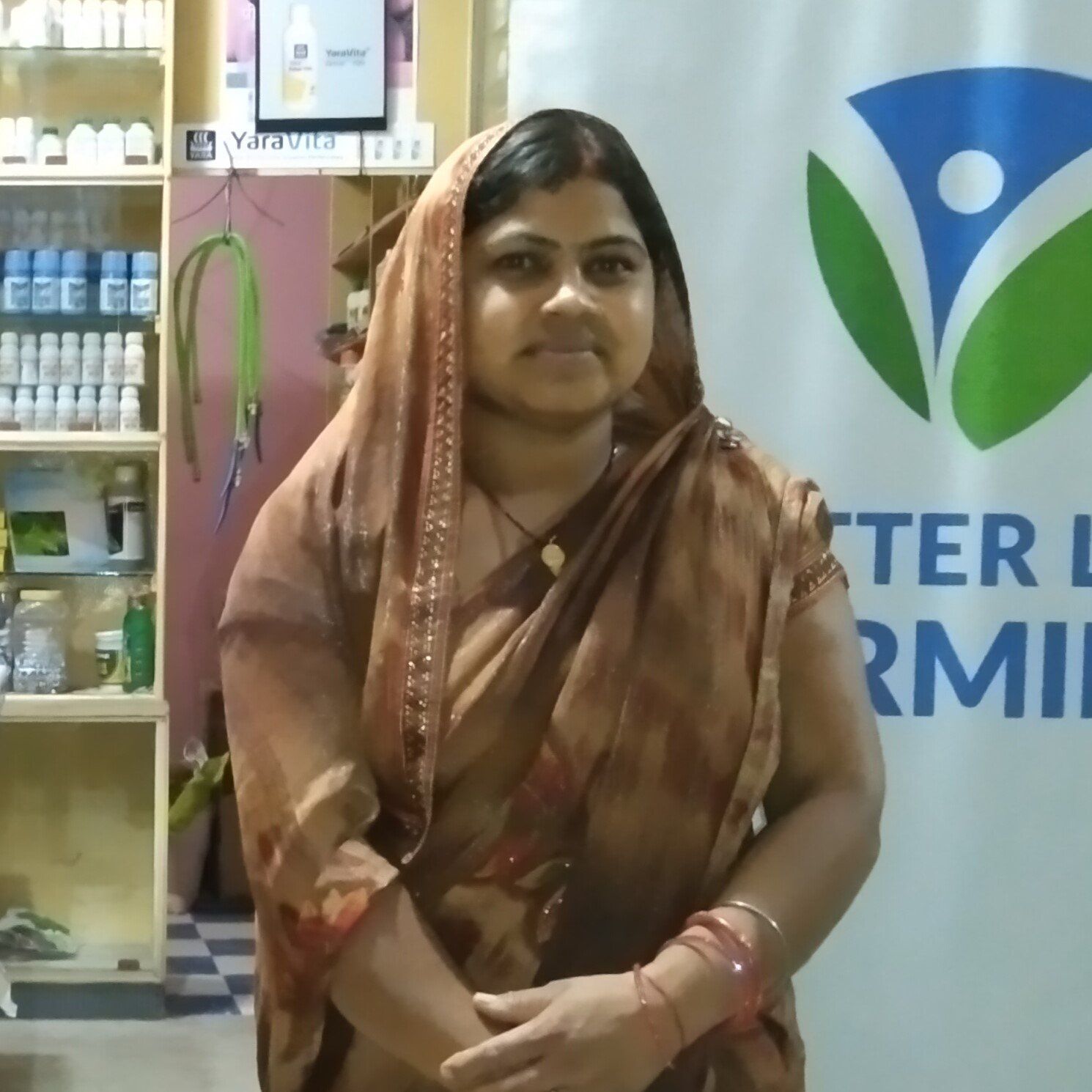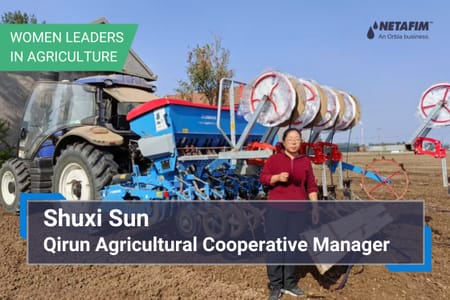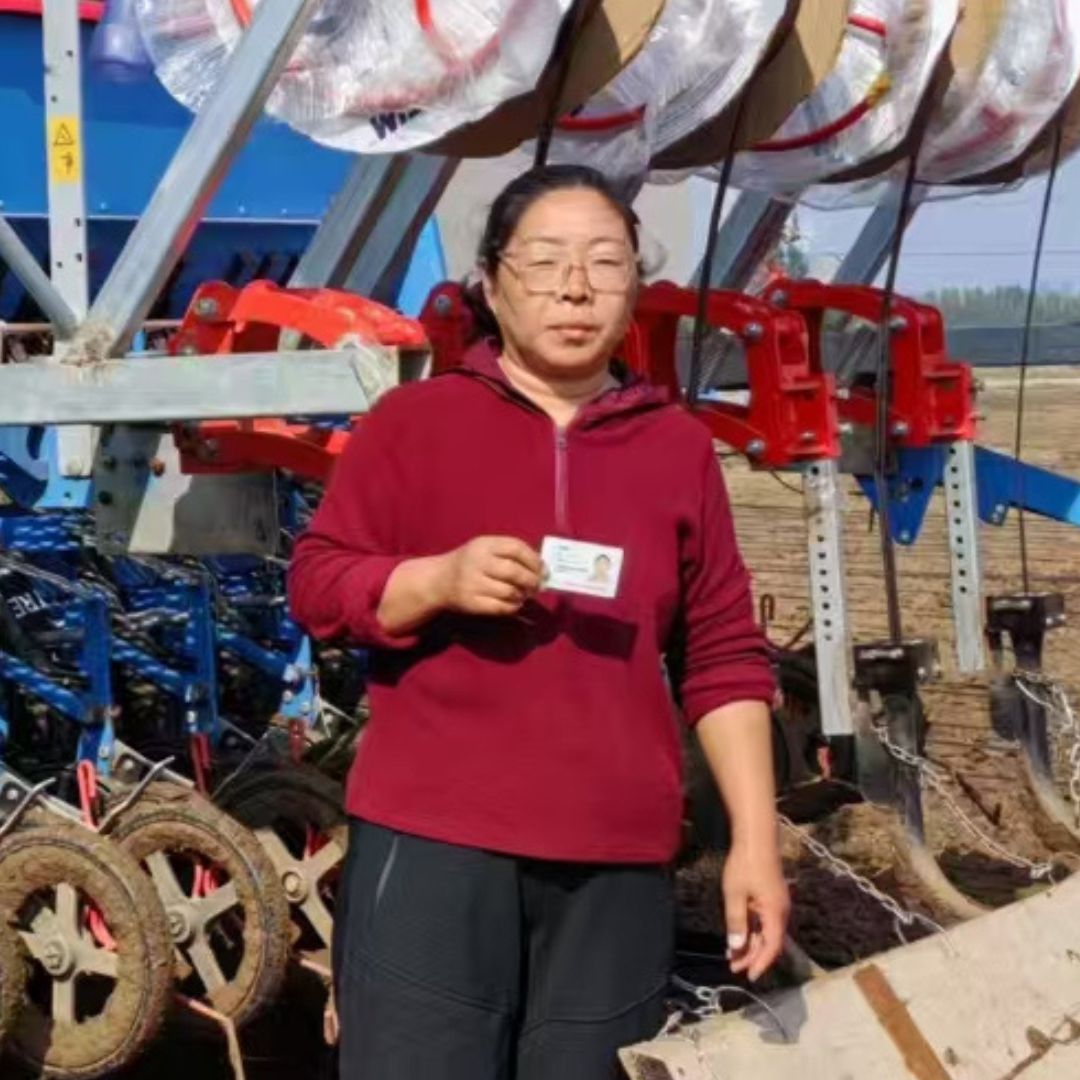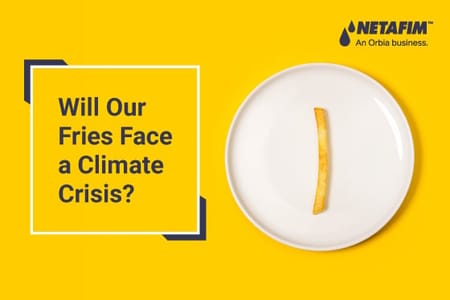Making Circularity Real: Lessons from the Field
When people hear the word Regen, they often think it’s just another corporate sustainability initiative. But for me, Regen, and the broader mission of recycling and circularity is deeply personal. It’s not just about running a project or ticking a corporate responsibility box. It's about shaping the future we leave behind.




























